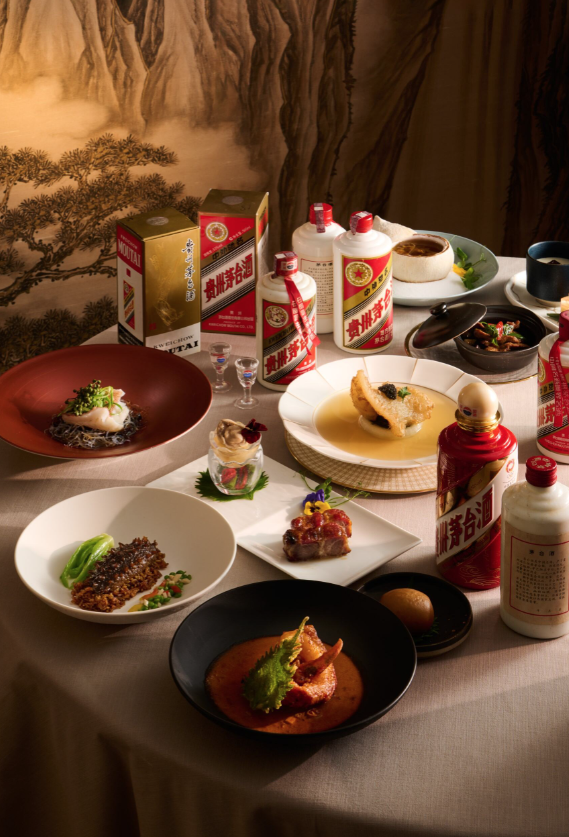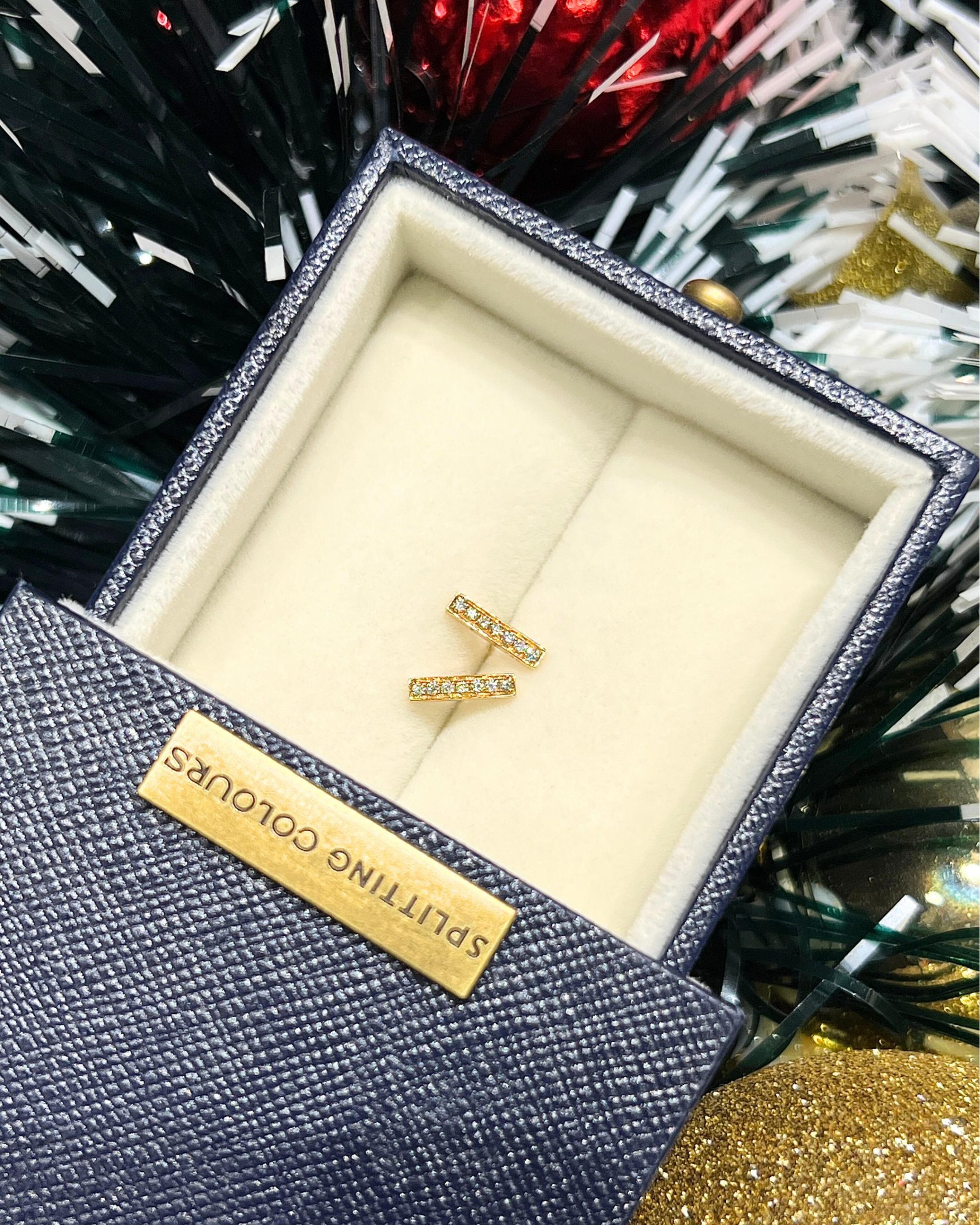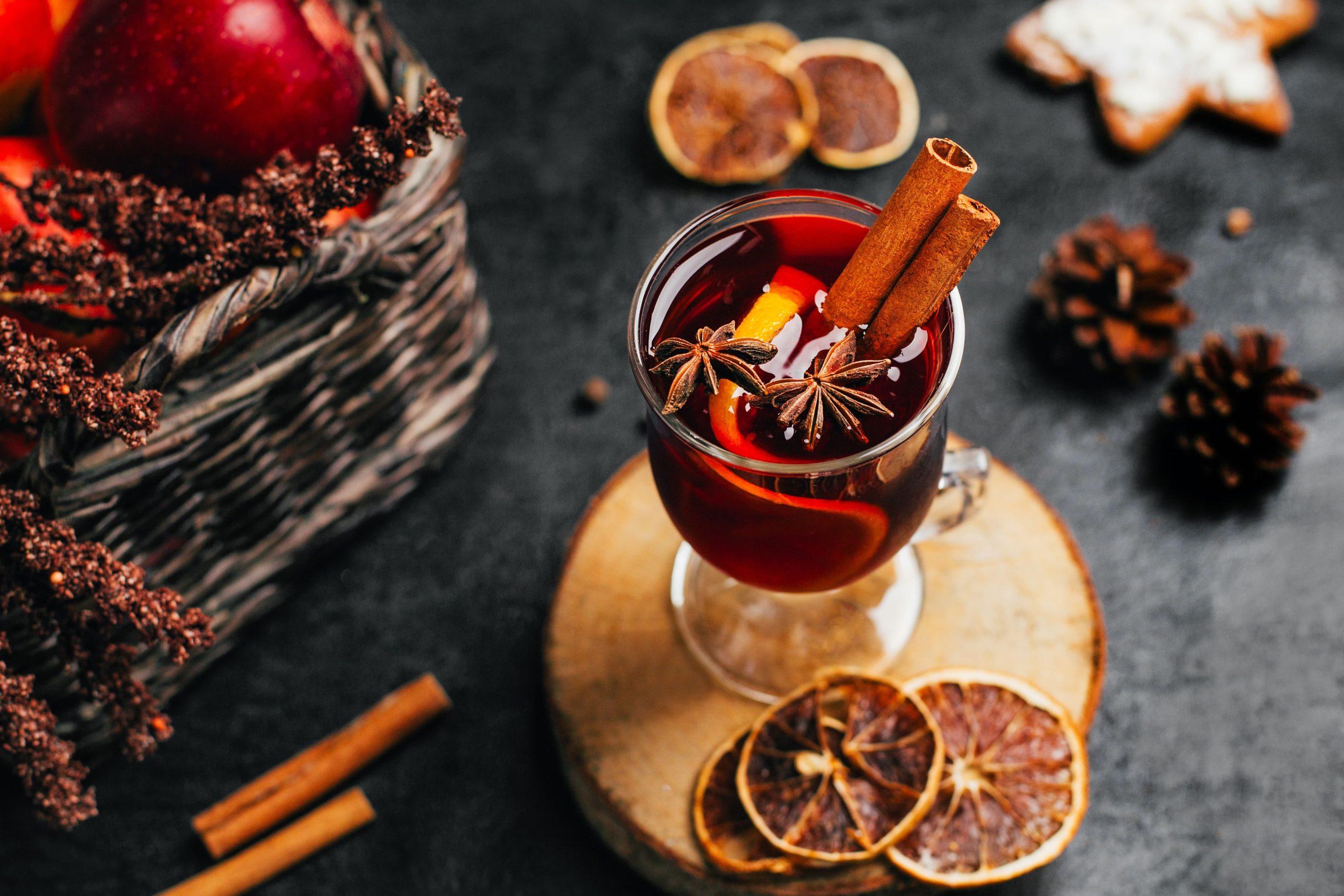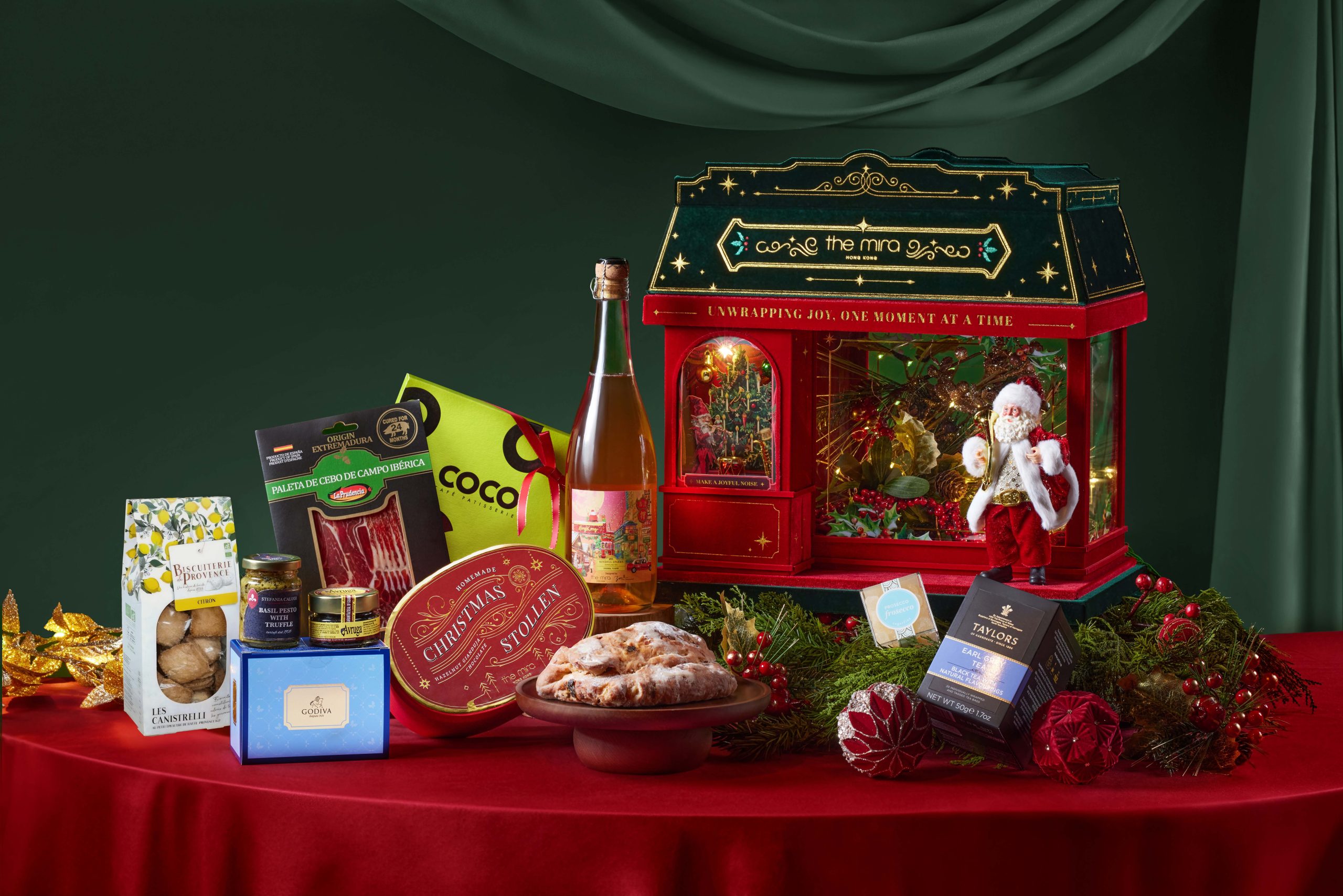Forget wine and champagne. There’s no better libation to elevate the celebratory mood than China’s leading tipple: Moutai. Culinary director Tsang Chiu King of Ming Court teaches Stephenie Gee the basics of food and Moutai pairing

In the tapestry of life’s celebrations, each thread is coloured by the moments we cherish, the milestones we mark and the memories we create. These occasions, each unique in their joy and significance, deserve to be toasted with something equally special – a spirit that not only complements the event but also elevates it. Enter Moutai.
Sometimes spelled Maotai, this distinguished baijiu is named after its origin place in the remote town of Maotai in China’s Guizhou (as with champagne, production is limited to a particular area: only the baijiu produced in Maotai Town can be called Moutai), a backwater province neighbouring Sichuan. Said to have its origins in the Qing Dynasty, the liquor is characterised by a scent redolent of savoury sauces, or jiang xiang, followed by a multifaceted aroma combining fruity and grainy notes, entwined with floral and yeast undertones.
More than just a drink, Moutai is a cultural icon, a silent witness to countless significant moments in Chinese history: during the 1930s Long March, Red Army soldiers relied on the liquor to raise spirits and sterilise their wounds; it was served at the founding ceremony of the People’s Republic of China in 1949 and selected to be its national spirit two years after; and most famously, in 1972, president Richard Nixon and premier Zhou Enlai were photographed raising a glass at a state banquet in the Great Hall of the People, marking a milestone in the warming of Sino-American relations.
Also see: Aire is a new Spanish dining experience set to open in Causeway Bay
Behind that historic image lies a production process steeped in tradition and catalysed by technology. Following the lunar calendar, it begins in autumn when the Chishui River (known as China’s Fine Wine River) runs cleanest and purest. The starting point, as with many spirit liquors, is grain, a specific red-coloured sorghum. This is then mixed with qu, a fermentation starter composed of crushed wheat that has been left in a hot, moist chamber for a month or more to propagate cultures of yeast, fungi and other microorganisms.
From here, a laborious year-long process ensues, involving nine cycles of steaming, eight cycles of fermentation and seven cycles of distillation so that the spirit is as pure as possible. The resulting Moutai is then stored for three to four years in earthenware jars to allow the distilled spirit to breathe and mature before blending. Master blenders, relying on their personal tastes and using techniques passed down over hundreds of years, combine anything from a few to dozens of basic distillates in search of the ultimate balance and depth of flavour.

Formed in 1951 with the merger of three distilleries, Kweichow Moutai is the only company entitled to call its product simply Moutai – and the world’s most valuable liquor company. The drink comes in many varieties, but its flagship red-and-white Flying Fairy is the jewel in the portfolio, best enjoyed neat at room temperature in a tulip-shaped glass to concentrate the aromas. “The Kweichow Moutai Flying Fairy (53% ABV) presents with a mellower aroma and reduced alcohol intensity on the nose. There is minimal alcohol tingling while tasting, accompanied by a subtly sweeter flavour profile with a nuanced hint of smoke that emerges gradually. The umami taste of soy sauce undertones are discernible, contributing to a notably smoother and more approachable drinking experience. Overall, this type boasts a prolonged finish and a delightful lingering aftertaste, which can serve as a pleasant appetite stimulant and work best with food pairing,” explains Tsang Chiu King, culinary director of Ming Court, who recently curated a six-course chef’s table tasting menu with pairings of Kweichow Moutai, including special editions and specified vintages.
At its core, the art of pairing Moutai with food is about creating a dialogue between the dish and the drink. The spirit’s complex flavour profile demands careful consideration when choosing its culinary counterpart. “Take my menu as an example. I needed to create dishes that the Moutai wouldn’t overpower, but would still be unique and delectable for guests to enjoy. In the braised duck dish, the use of duck and basil is intentional, as their flavours are relatively intense and aromatic. We also scented the inside of the clay pot with Moutai for an added aromatic experience. The abalone sauce in the braised Kanto sea cucumber with rice crisps and sweet beans dish has a rich taste and multilayered texture from the use of rice crisps. Then for the braised tiger prawn accompanied with deep-fried bun dish, we added a subtle spiciness to our homemade coconut sauce to balance with the Moutai.”
To sum it up, Tsang says, intensity matters. Moutai requires rich, flavourful foods to stand up to it. Think mutton brisket, air-dried meat and pig knuckles. And for the Chinese New Year, roasted suckling pig combinations with chicken in soy sauce, pork tongue and jellyfish; and braised pork knuckle with dried oysters in supreme abalone sauce pair particularly nicely. “Symbolising ‘great blessings and great prosperity’,
the crispy skin of the suckling pig achieves an intense flavour and texture when paired alongside Moutai. The thick and condensed sauce of the latter dish, which symbolises ‘at a good market, fortunes flow easily’, doesn’t get overpowered by the strong Moutai, but will still complement its robust aroma.”
Or, in true Chinese fashion, simply enjoy with toasted peanuts and good vibes. Gan bei!
Also see: The founder of Vinosophy on championing rare wines and his recommendations





